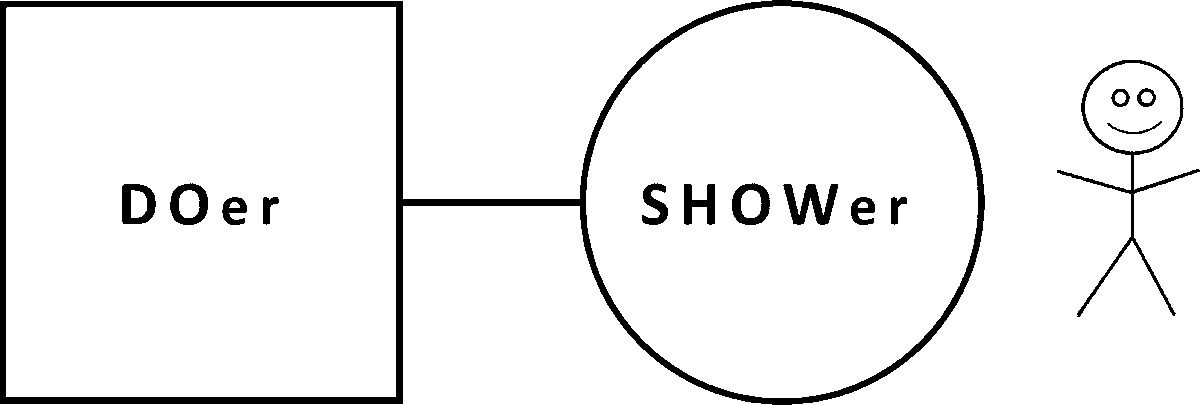This is a story of a long-shot software startup.
In the early 1970s I had several consulting gigs with Monroe Calculator in which I built three things for them:
...
1/20
2/20
3/20
4/20
5/20
6/20
7/20
8/20
…
9/20
oldcomputers.net/AIM-65.html
10/20
11/20
That was the design challenge: do a non-trivial immediate-turnaround Pascal trainer with 4KBytes of RAM. (It had the complete Pascal language except for records.) The editor was a line editor using the 20-character peripherals on the board.
12/20
13/20
14/20
en.wikipedia.org/wiki/VisiCalc
15/20
16/20
17/20
18/20
On the basis of Mike’s need, Andrew, Frank Sinton and I were able to obtain VC funding for our startup Think Technologies.
19/20
20/20








